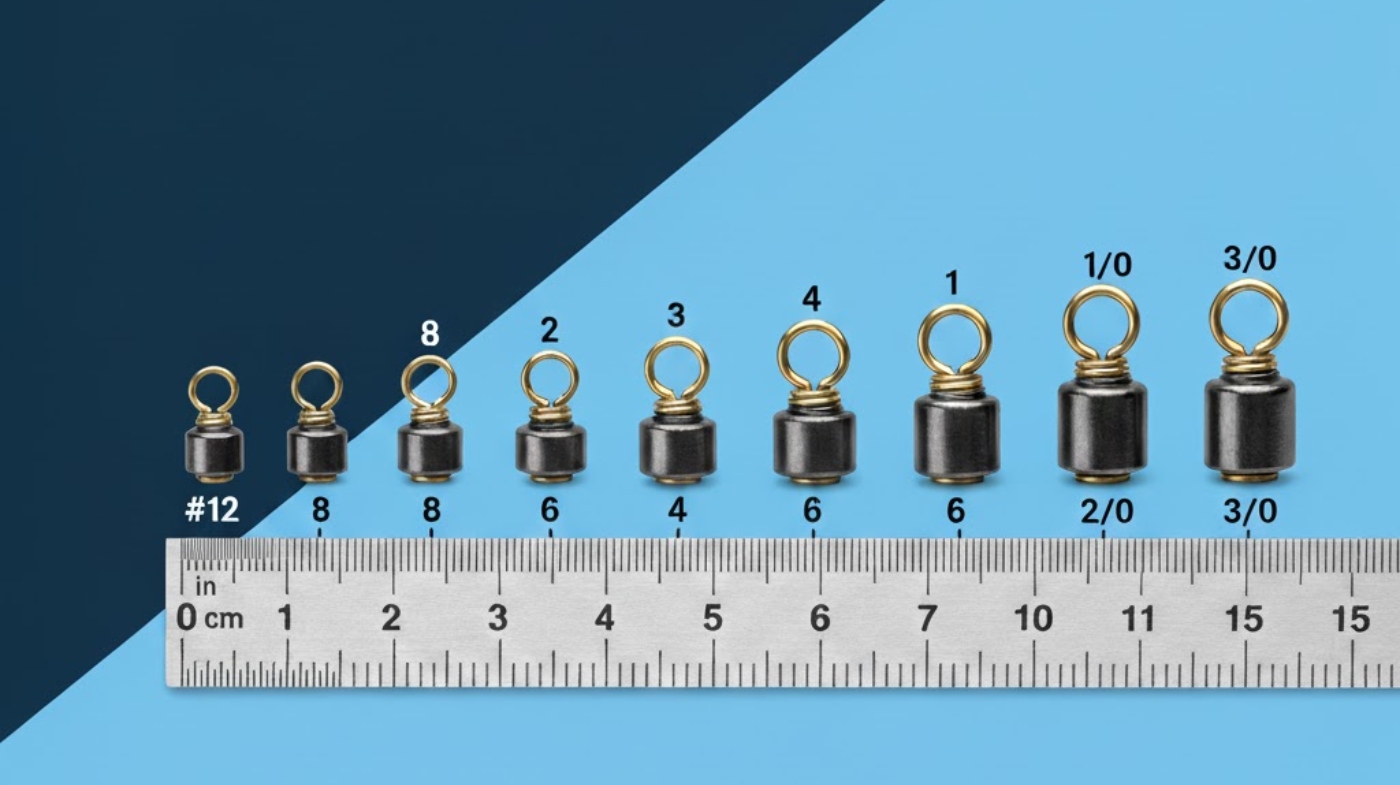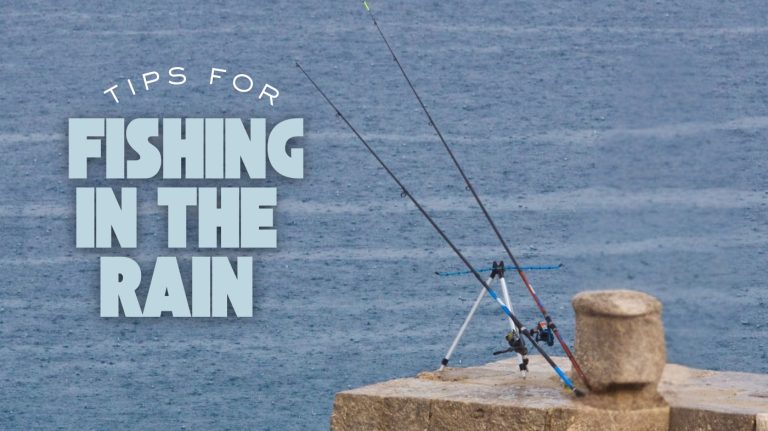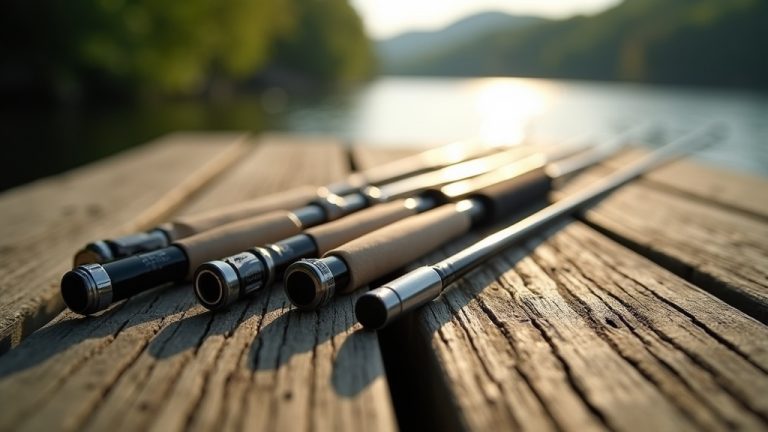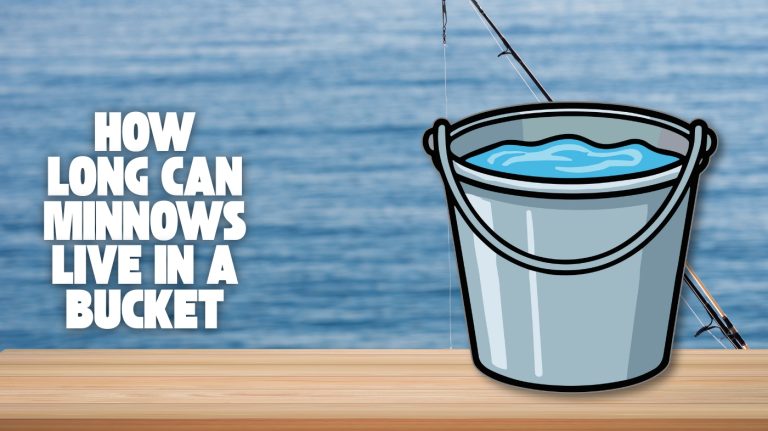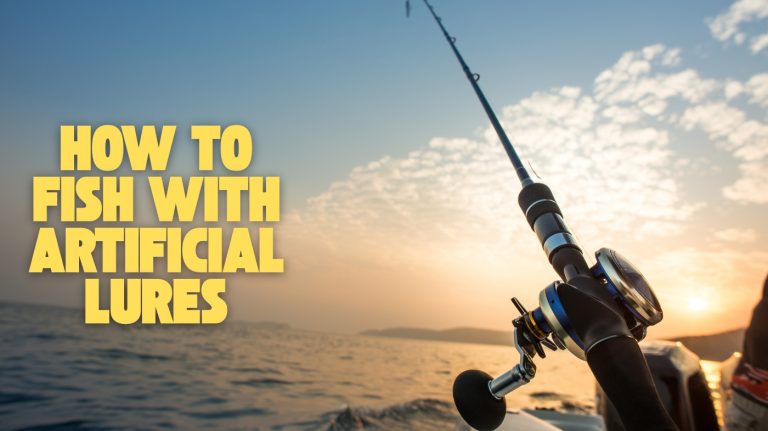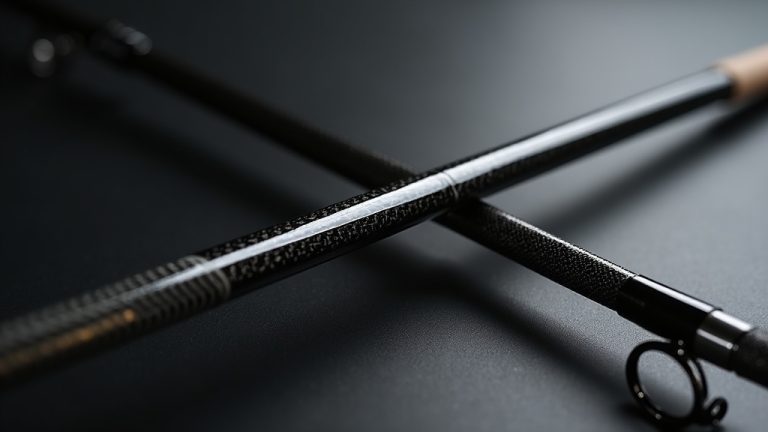Barrel Swivel Size Guide: Simplify Your Tackle Setup
You need to choose a barrel swivel that matches your line’s test strength to prevent twists and guarantee durability. Smaller sizes like #10 to #14 suit light freshwater fishing, while medium sizes around #2 to #4 handle bass and general use.
For saltwater or big game, go for heavy-duty swivels rated 1/0 or larger that resist corrosion and support strong lines. Picking the right size optimizes rig performance and prevents failure. You’ll find more on how to select and use swivels effectively ahead.
Key Takeaways
- Select barrel swivel sizes matching or exceeding your fishing line’s test strength to prevent line twists and gear failure.
- Use smaller sizes (#10 to #14) for trout, medium sizes (2 to 4) for bass, and larger sizes (1/0 to 4/0+) for saltwater or big game fishing.
- Stainless steel swivels resist corrosion in saltwater, while ball-bearing types provide smoother rotation and higher load capacity.
- Proper swivel sizing ensures optimal line rotation, durability, and knot strength, improving overall fishing rig performance.
- Inspect swivels regularly for wear, moisten knots during tying, and maintain 2–4 feet of line between swivel and lure for natural action.
Understanding Barrel Swivels
Although often small and overlooked, barrel swivels play a crucial role in fishing by connecting line sections while allowing independent rotation. This prevents line twisting and reduces the risk of breakage.
You’ll find barrel swivels typically made from durable materials such as stainless steel or brass to guarantee longevity. Their design features a central pivoting joint with two metal rings at each end, enabling smooth rotation essential for preventing tangles and line damage. This prevents line tangling.
Various types exist, including basic barrel swivels and ball-bearing versions that offer enhanced rotation. These swivels are especially useful when employing spinning lures or fishing in deepwater environments. Wearing fishing safety gear like waders can complement the use of barrel swivels for an overall safer fishing experience.
Importance of Swivel Size
When you’re out there fishing, picking the right swivel size is super important. You want it to match your line strength to keep everything working smoothly. Different fishing setups, like those using carbon fiber rods, may require specific swivel considerations.
If you’ve got the right size, it helps prevent line twists. This means your line can rotate freely under load, which cuts down on stress and tangles.
Using corrosion-resistant swivels like stainless steel is especially important for saltwater fishing to maintain durability.
But here’s the thing: if you choose a swivel that’s too small or too large, it can really weaken your setup. And nobody wants that, especially when you’re trying to reel in a big catch.
Impact on Line Strength
When selecting a swivel, matching or exceeding your line’s test strength is essential to maintain rig integrity during fights or snags. Using a swivel weaker than your line risks breakage and lost catch.
Oversized swivels may reduce knot strength and increase visibility, affecting performance. It is important to choose quality brands that provide accurate brake strength ratings to ensure reliability. Verify strength ratings from manufacturers, as they vary.
Additionally, understanding the impact resistance of your gear components can help prevent unexpected failures.
| Swivel Size | Line Test Strength | Recommended Species |
|---|---|---|
| #12 to #4 | 10–30 lbs | Trout, Panfish |
| #4 to #1 | 75–150 lbs | Bass, Pike, Walleye |
| 1/0 to 4/0 | 175–350 lbs | Big Game, Saltwater Fish |
| Under-rated | Below line test | Risk of snap-offs |
| Oversized | Exceeds line test | May reduce bite rates |
Preventing Line Twists
Selecting the correct swivel size not only supports line strength but also plays a vital role in preventing line twists.
Barrel swivels allow your line to rotate independently from spinning lures such as inline spinners, spoons, or flashers, which are notorious for causing twist.
If you use a swivel too small, it risks failing under load; too large, and it may spook fish or add unnecessary bulk. Proper maintenance and regular cleaning can help maintain the swivel’s function and prevent corrosion, which is essential for long-lasting performance.
For trolling or jigging setups prone to heavy rotation, multiple swivels or snap swivels can enhance twist prevention while facilitating quick lure changes. Using high-quality materials like nickel-plated brass can improve durability and reduce friction in barrel swivels.
Remember, barrel swivels wear out and lose efficiency over time, so inspect and replace them regularly.
Balancing swivel size with your tackle’s strength and lure action ensures maximum twist reduction and maintains line integrity during fishing.
Barrel Swivel Sizes for Trout Fishing
A critical factor in trout fishing is choosing the right barrel swivel size to match your line strength and fishing conditions. For trout, swivels typically range from size #10 to #14.
Size #10 swivels, with a test strength of about 30 pounds, suit light lines and medium trout. They offer a safety margin without bulk and are comparable to the lightweight designs favored in Smith sunglasses for active use.
Size #10 swivels provide a strong, low-profile option ideal for light lines and medium-sized trout.
Sizes #12 and #14 are ideal for ultralight tackle (2-4 lb test), where minimizing tackle profile and maximizing stealth are essential.
Larger swivels reduce lure action and increase visibility, spooking wary trout. Always select a swivel with breaking strength slightly above your leader line to guarantee reliability.
Proper knot tying and regular inspection prevent failures. Using the recommended knot tying techniques ensures the swivel remains securely attached under strain.
In clear, pressured waters, smaller sizes (#12-14) enhance presentation by reducing visibility and water disturbance. This increases your chances of a successful catch.
Choosing Swivel Sizes for Bass Fishing
Matching swivel size to your target species and fishing conditions remains key as you move from trout to bass. Understanding the importance of size selection can greatly enhance your fishing success.
For bass fishing, selecting barrel swivels in sizes 2 to 4 generally strikes the ideal balance between strength and subtlety.
These sizes accommodate typical freshwater bass scenarios, while larger swivels may be necessary for trophy specimens requiring higher line strength.
Always choose a swivel with a breaking strength slightly exceeding your leader line to minimize line failure.
Prioritize swivels crafted from corrosion-resistant, high-quality materials like those from Mustad or Eagle Claw to ensure durability.
Barrel swivels offer cost-effective reliability, and their simple design effectively prevents line twist, which is essential in fishing setups to maintain line integrity.
Proper attachment and regular maintenance will enhance performance. Consider swivel kits with varied sizes for adaptability across different bass fishing conditions.
Recommended Swivel Sizes for Surf Fishing
Although surf fishing presents unique challenges, choosing the right swivel size is crucial to guarantee strength and minimize line visibility. Understanding the importance of frame materials can also influence your choice of gear to complement your fishing setup.
Choosing the correct swivel size is essential for strength and reducing line visibility in surf fishing.
For small game, you should select swivels sized #10 to #6, balancing durability with low visibility.
Medium-sized fish require sizes #4 to #2, which handle increased stress effectively.
When targeting heavy-duty fish, opt for larger swivels from 1/0 to 3/0 to ensure strength and corrosion resistance, especially stainless steel types.
Always match or exceed your leader line’s strength with the swivel rating to prevent failures under wave pressure.
Additionally, consider using swivels with two welded rings if trolling in surf zones to reduce line twist. Selecting swivels made from corrosion-resistant materials like stainless steel is especially important in surf fishing due to saltwater exposure, enhancing durability and performance corrosion resistance.
Swivel Sizes in Large Game Fishing
When you’re out there targeting those big game fish, it’s super important to pick the right size of swivels. You really want to aim for sizes between 1/0 and 12/0; that range gives you the strength and durability you need.
Now, here’s a tip: always choose a swivel that’s rated above the breaking strength of your line. This little detail can make a huge difference when you’re dealing with heavy loads. Understanding the feeding behavior of your target species can also help optimize your tackle setup.
And don’t forget about the materials! Going for high-quality options, like stainless steel, is key. Why? Because it resists corrosion and helps keep your swivels in tip-top shape, even in those harsh saltwater environments.
Additionally, selecting a swivel type that matches your lure’s rotation can prevent line twist and improve overall fishing performance.
Recommended Swivel Sizes
Since large game fishing demands gear that can withstand extreme stress, selecting the correct swivel size is essential for reliability and performance.
You want a swivel rated slightly above your line strength to prevent failure and reduce line twist. For offshore trolling, sizes 1/0 to 3/0 suit line tests from 80 to 220+ lb.
Larger swivels (3/0 to 12/0) handle the heaviest fish and toughest saltwater conditions but increase resistance.
| Fish Type | Recommended Swivel Size |
|---|---|
| Medium-large species | #2, #1, 1/0 |
| Offshore trolling | 1/0 to 3/0 |
| Bass (trophy-sized) | 4 to 6 |
| Surf fishing | 1 to 3/0 |
Match swivel size to line strength, lure weight, and species for ideal performance. Choosing the right gear also involves considering factors like comfort and durability, similar to selecting fishing sunglasses with lens technology that suit your specific fishing environment.
Strength Requirements
Choosing the right swivel for large game fishing means matching or exceeding your line’s breaking strength to avoid failure under stress.
Typically, you’ll select swivels sized 1/0 to 4/0, offering test strengths from 175 to 350 lbs, suitable for handling large species and heavy lures.
Prioritize ball bearing swivels for their superior load capacity and smooth rotation, which reduce line twist during aggressive fights.
Use corrosion-resistant materials like stainless steel to withstand harsh saltwater environments.
Always verify the manufacturer’s specifications, as strength ratings vary across brands.
Ensure your swivel’s test strength surpasses your line’s rating to prevent breakage.
Additionally, consider tackle compatibility and lure type, as spinning lures demand more robust swivels to manage twisting forces effectively in large game scenarios. Water temperature can influence fish activity and fighting behavior, so adjusting your gear accordingly can improve success during warm water fishing.
Investing in quality swivels from reputable brands ensures durability and reduces the risk of gear failure under heavy loads.
Matching Swivel Size With Line Strength
Although selecting the right swivel size might seem straightforward, matching its strength rating to your fishing line’s test rating is crucial to prevent equipment failure.
Your swivel’s breaking strength must meet or exceed your line’s test rating. For example, a 20-pound test line requires a swivel rated at least 20 pounds.
Opting for a swivel with slightly higher strength offers a safety margin, especially with larger fish or heavy lures.
Keep in mind, smaller size numbers mean stronger swivels.
A size #10 handles 10–30 lbs, while 1/0 supports 150–175 lbs.
Refer to manufacturer charts for precise matching, as sizes vary.
Oversized swivels increase durability but may reduce stealth.
Balance size with target species and fishing conditions for ideal performance.
Types of Swivels and Their Uses
What swivel type best suits your fishing style and conditions? Choosing the right swivel impacts line twist prevention, rig versatility, and ease of use.
Consider these three main options:
- Barrel Swivels – Economical and versatile, ideal for general fishing with corrosion-resistant materials. However, they’re less efficient at preventing line twist compared to ball-bearing types.
- Ball-Bearing Swivels – Incorporate internal bearings for smooth rotation. They’re excellent for lures causing high spin or trolling and handle heavier lines with reduced friction. Ball-bearing swivels offer the best rotation, making them ideal for spinning lures like spoons and spinners.
- Snap Swivels – Combine swivel functionality with a quick-change snap clip. They’re perfect if you frequently swap lures or rigs. However, the snap mechanism quality affects reliability.
Select based on your need for twist control, rig complexity, and convenience. Align the swivel type with your targeted species and fishing environment.
Tips for Using Barrel Swivels Effectively
When you use barrel swivels correctly, they effectively prevent line twist by allowing connected line sections to rotate independently during retrieval and casting.
To maximize their function, choose swivel sizes that match your targeted fish strength and line pound test, balancing durability and minimal bulk.
Select swivel sizes that suit your target fish and line strength for optimal durability and minimal bulk.
Use 2 to 4 feet of line between the swivel and lure to maintain natural lure action. This setup is especially beneficial for optimal leader and line setup, ensuring the lure’s movement remains natural and unimpeded.
Always moisten knots when tying swivels to ensure secure connections and reduce line damage.
Regularly inspect swivels for corrosion or wear, especially after saltwater exposure.
Avoid unnecessary swivels on non-spinning lures to reduce bulk and visibility.
For complex rigs or trolling, consider ball bearing swivels for smoother rotation.
Proper use reduces line tangles, prevents premature breakage, and enhances fishing efficiency by enabling quick rig changes.
Frequently Asked Questions
How Do Barrel Swivels Affect Lure Action in Different Fishing Techniques?
Barrel swivels help maintain your lure’s natural action by preventing line twists that can hinder movement.
In deep water or trolling, they keep lures spinning freely without tangling. For bottom fishing, swivels preserve lure presentation by avoiding twists when reeling heavy baits.
Although less common in topwater fishing, they still prevent spin-related line twists on certain lures like spoons. This ensures consistent, effective action across techniques.
Can Barrel Swivels Be Used in Fly Fishing Setups?
You can think of barrel swivels as the unsung gears in your fly fishing machine. They keep everything spinning smoothly without tangling your line.
Yes, you can use them in fly setups, especially when dealing with heavy streamers or sinking lines that tend to twist your tippet.
Just pick the right size and quality to match your fly’s weight and the targeted species. This ensures smooth rotation and prevents line twist without compromising your cast or presentation.
What Maintenance Is Required to Extend Barrel Swivel Lifespan?
To extend your barrel swivel’s lifespan, rinse it with fresh water immediately after use, especially after saltwater exposure. Then dry thoroughly.
Regularly inspect for corrosion, cracks, or bent parts, and guarantee smooth rotation.
Apply a light, corrosion-resistant lubricant sparingly to reduce friction without attracting debris.
Store swivels dry and ventilated, separately from other tackle.
Replace any swivels showing excessive wear or damage to maintain reliability and prevent line failure.
Are Barrel Swivels Safe for Catch-And-Release Fishing?
Yes, barrel swivels are safe for catch-and-release fishing. They prevent line twists without increasing injury risks to fish during handling or release.
You should match swivel size and strength to your target species and line test to avoid gear failure, which could harm fish. Using swivels with safety snaps can reduce handling time, further protecting fish.
While ball bearing swivels rotate better, barrel swivels remain effective and pose no documented threat to fish survival.
How Does Water Type (Salt vs. Freshwater) Impact Swivel Corrosion?
Saltwater accelerates swivel corrosion due to its high salt content and chemical makeup. You need corrosion-resistant materials like stainless steel for durability.
Freshwater is less corrosive, allowing you to use lighter, less corrosion-resistant swivels made from brass or similar metals.
You’ll find saltwater swivels require more frequent maintenance and replacement, while freshwater swivels last longer with minimal upkeep.
Always match your swivel’s material and design to the water type to maximize performance and longevity.
Fine-Tune Your Fishing Gear: Apply the Barrel Swivel Sizing Rules
Choosing the right barrel swivel size is like selecting the perfect key to unlock seamless fishing performance. Just as a key fits precisely to open a lock, matching your swivel size with line strength and target species ensures smooth rotation and prevents line twists.
By understanding and applying these technical details, you’ll enhance your fishing efficiency, casting confidence, and ultimately, your success on the water. Remember, the right swivel is your silent partner in every catch.

